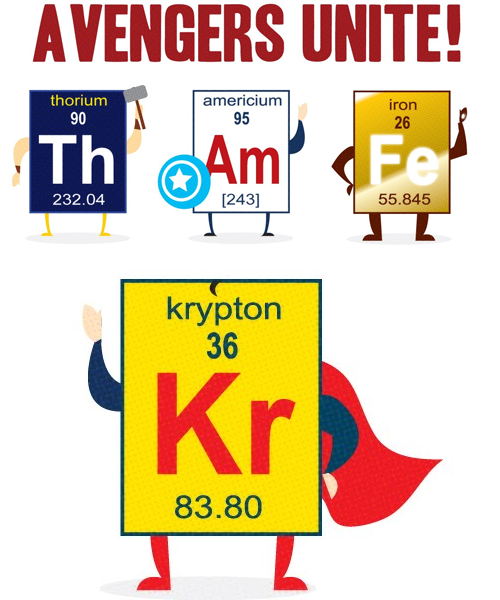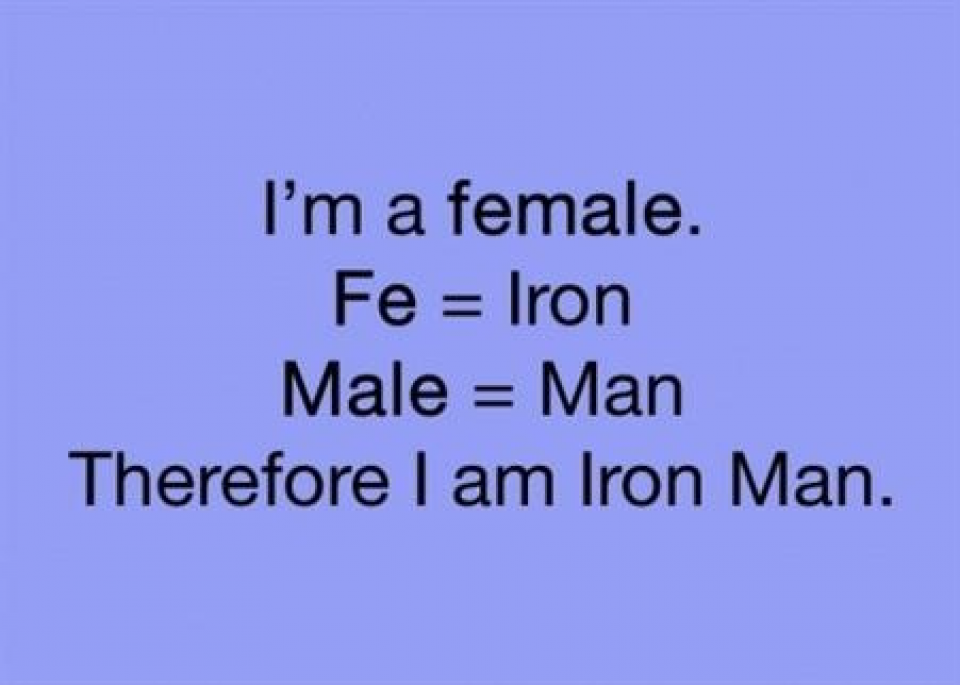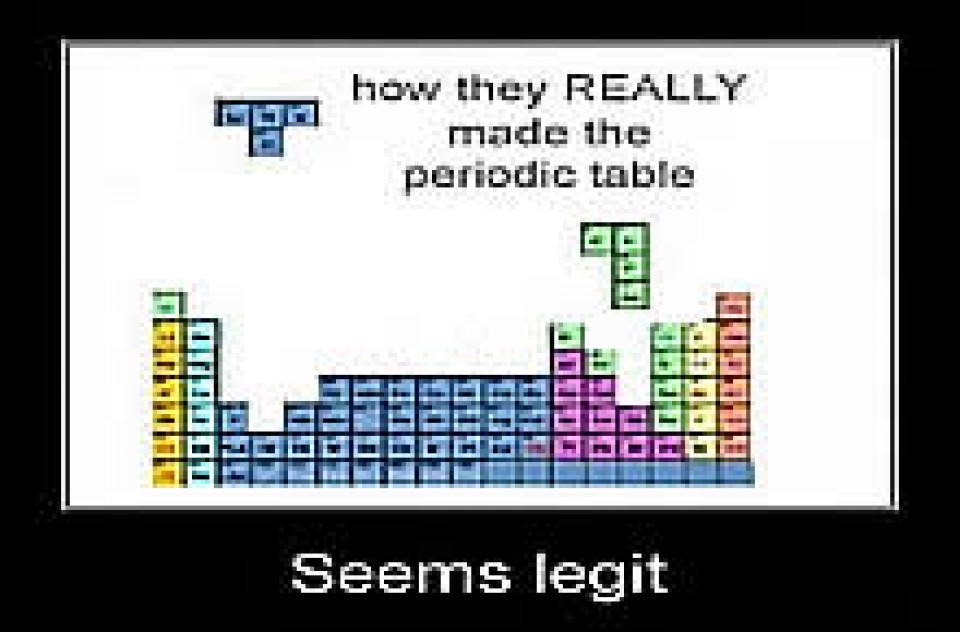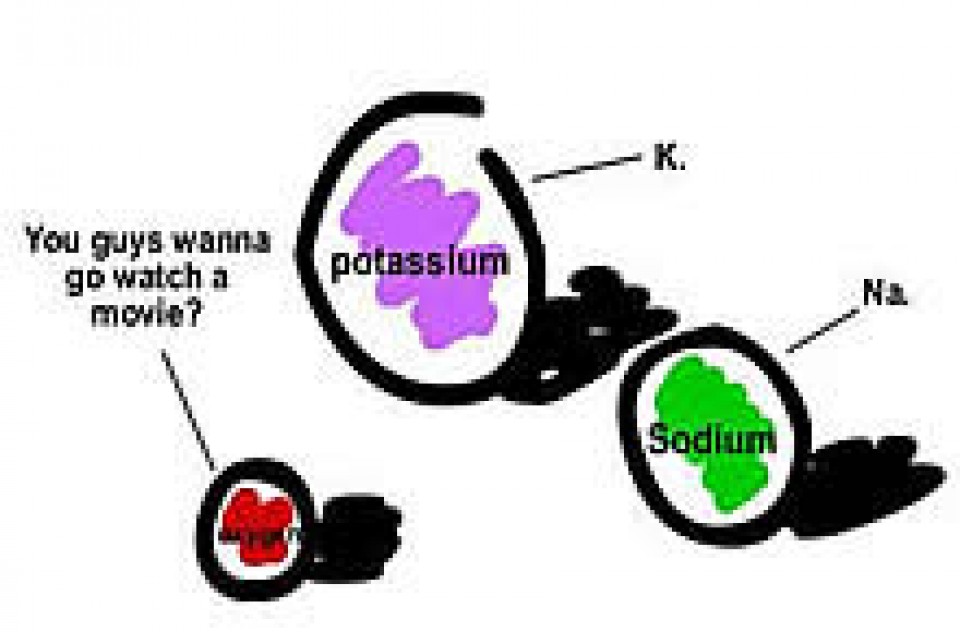
Dr. Kent McCorkle, or "Dr. Kent' to his student, has helped thousands of students be successful in chemistry.
Join the Mailing List!
[View the accompanying Practice Problems on Formulas for Ionic Compounds here.] [Get more Practice Problems on Formulas for Ionic Compounds here.]
[View the accompanying Atomic Mass Practice Problems Part I here.] Atomic Mass The atomic mass is an experimental number determined from all of the naturally occuring isotopes of an element. As we saw in our lesson on atomic structure, not all … Read More
The Metric System The metric system was created by the French in the late 1700’s in response to the English system which, quite frankly, is fairly confusing in that it uses numerous different units and has no uniformity among conversions. … Read More
Converting Units When we need to convert between units (for example, converting minutes to seconds) we use conversion factors. Conversion factors are a ratio that specify how one unit of measurement is related to another unit of measurement. For example, … Read More
Basic Structure of the atom The atom is very tiny, having a diameter of about 10-10 meters. Keep in mind that’s like saying 0.0000000001 meters, or about one-billionth of a meter across! But within this already extremely small atom is … Read More
[View the accompanying Scientific Notation Practice Problems here.] What is Scientific Notation? Scientific notation is a method of writing really large or really small numbers in a more concise form that removes all of the extraneous zeroes. For example, 0.0000000072 … Read More
[View the accompanying Significant Digits & Measurements Practice Problems here.] Why Significant Digits? Significant digits (also called significant figures or “sig figs” for short) indicate the precision of a measurement. A number with more significant digits is more precise. For example, … Read More







